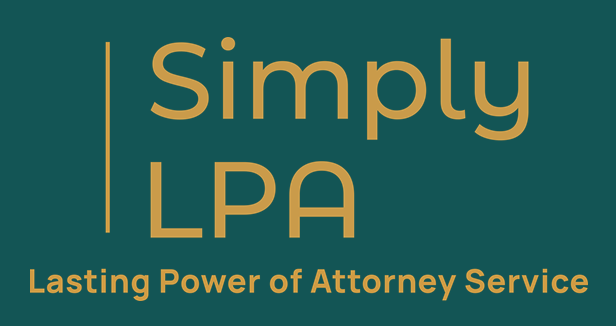Balance of Suspense Account
Content
With more time, transactions can become difficult to clear, especially with minimal documentation. This explains why the transaction was put in a suspense account in the first place. To minimise this possibility in the future, items are tracked with the balance sheet. In any case, every effort should be made to eliminate all unidentified transactions held in the suspense account by the end of the fiscal year, otherwise the annual financial statements will be inaccurate.
These accounts help to keep the ledger records clean and error-free. These accounts work as a temporary location to store unknown transactions, and once the amount is determined correctly, it can be moved to the regular ledger account. Similar to the other types of suspense accounts, brokerage suspense accounts temporarily hold funds while transactions are completed. A suspense account may also be established if further information is needed to finalize the transaction or if there are other complications that need to be resolved.
Brokerage Suspense Accounts
A suspense account is an account used to temporarily store transactions for which there is uncertainty about where they should be recorded. Once the accounting staff investigates and clarifies the purpose of this type of transaction, it shifts the transaction out of the suspense account and into the correct account. If it’s an asset in question, the suspense account is a current asset because it holds payments related to accounts receivable. A suspense account could also be a liability if it holds accounts payables that you don’t know how to classify.
- If the Suspense Account shows a debit balance, it is taken to the asset side of the Balance Sheet, whereas if it shows a credit balance, it is taken to the liability side of the Balance Sheet.
- A company generates many transactions over the course of its operations.
- Accelerate dispute resolution with automated workflows and maintain customer relationships with operational reporting.
- Monitor and analyze user performance, ensuring key actions quickly.
- For instance, you receive a payment of $300, but who made the payment?
For efficiency purposes, it is also helpful to track and analyze the entries over time to minimize the reoccurrence of any transactions that cause frequent unnecessary postings into the suspense account. Even if there is no timeline set by regulatory authorities for the clear-out process, businesses routinely carry out monthly or quarterly suspense account reconciliations. Some jurisdictions have rules and regulations regarding suspense accounts because they are considered a control risk. A customer paid an outstanding $1,000 invoice in two partial payments of $500.
Where is suspense account shown in the financial statements?
Whereas, the errors not detected by the trial balance have no apparent proof per se’ but once identified, corrections can be done based on the type of error that occurred. Lastly and not the least, in normal circumstances, a trial balance is used as the source of information for the end of financial period preparation of trading and profit and loss account which usher balance sheet.
The suspense account can hold the difference that led to the trial balance not balancing until the discrepancy is rectified. At times, all the required details for a particular transaction are not available but it still needs to be recorded in order to keep the accounting books updated. Transactions that are booked before an allocation is made to the appropriate cost or profit center will be recorded in the suspense account until they can be properly assigned.
Example #1: Receiving a partial payment
Sage accounting system provides a feature of creating a suspended account to tackle these types of conditions. So, let’s delve into the below article to know the usage of Sage Balance sheet suspense account.
What is suspense account with example?
A suspense account is an account of the general ledger that is used for the temporary recording of business transactions. The need for a suspense account arises due to the inability to identify the appropriate ledger account for the recorded transaction.
You might not be able to access all transactions contributing to Suspense unless accrual basis is set. A suspense account is always made on the weaker side of the trial balance. Account 477 is credited with unrealized gains recorded by debiting receivables accounts or debt accounts, depending on whether they correspond to an increase in receivables or a decrease in debts. The bookkeeper is unable to balance the company’s trial balance, with the credit column exceeding the debit side by $500. Let’s suppose you have been alerted that a remittance someone sent you from abroad is ready for withdrawal. Until you actually make the withdrawal from the agent or financial institution, the remittance money may be stored in their suspense account. In short, a suspense account is the point of last resort when you need a short-term holding bay for financial items that will end up somewhere else once their final resting place is decided.
What Is the Difference Between a Suspense Account and a Clearing Account?
Because it’s only a temporary account, it’s not good to leave unidentified transactions in suspense for too long. A balance in a suspense account for an extended period is a sloppy way to manage transactions and violates accounting principles. The nature of accounting is to properly identify all transactions and code them to the right accounts, not leave them floating suspense account in balance sheet in an suspense account. The suspense account gives the accountant the time she needs to identify the transaction yet still have it in the record. As soon as she knows where the transaction goes or she has set up the new account, she needs to move it from suspense. A Suspense Account is a ledger account used for the temporary recording of business transactions.
